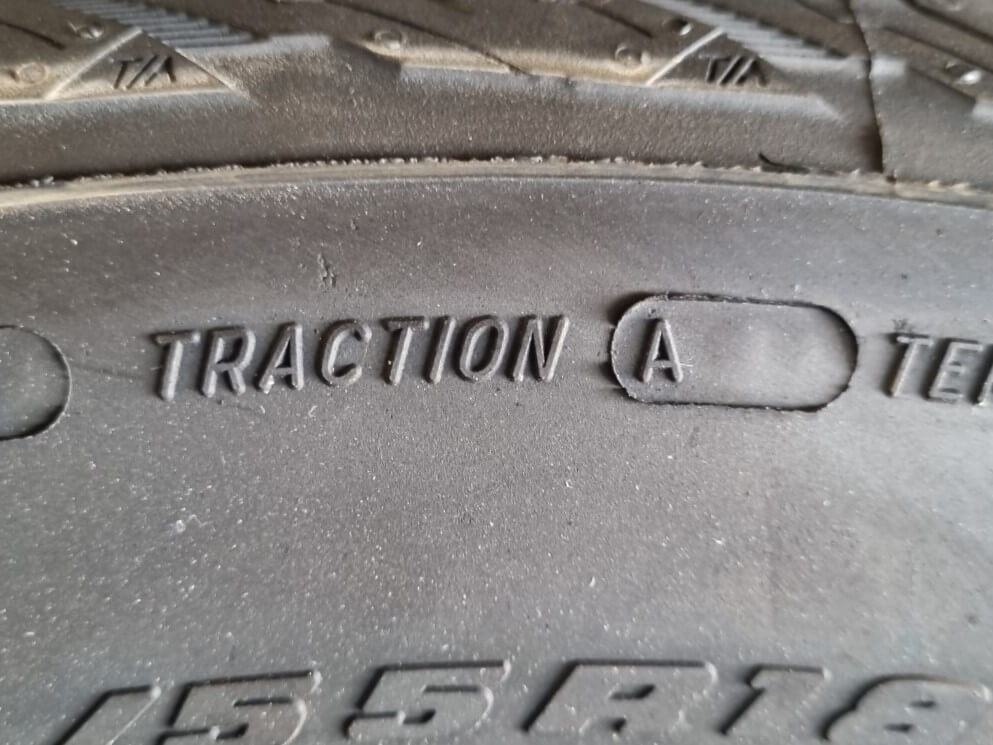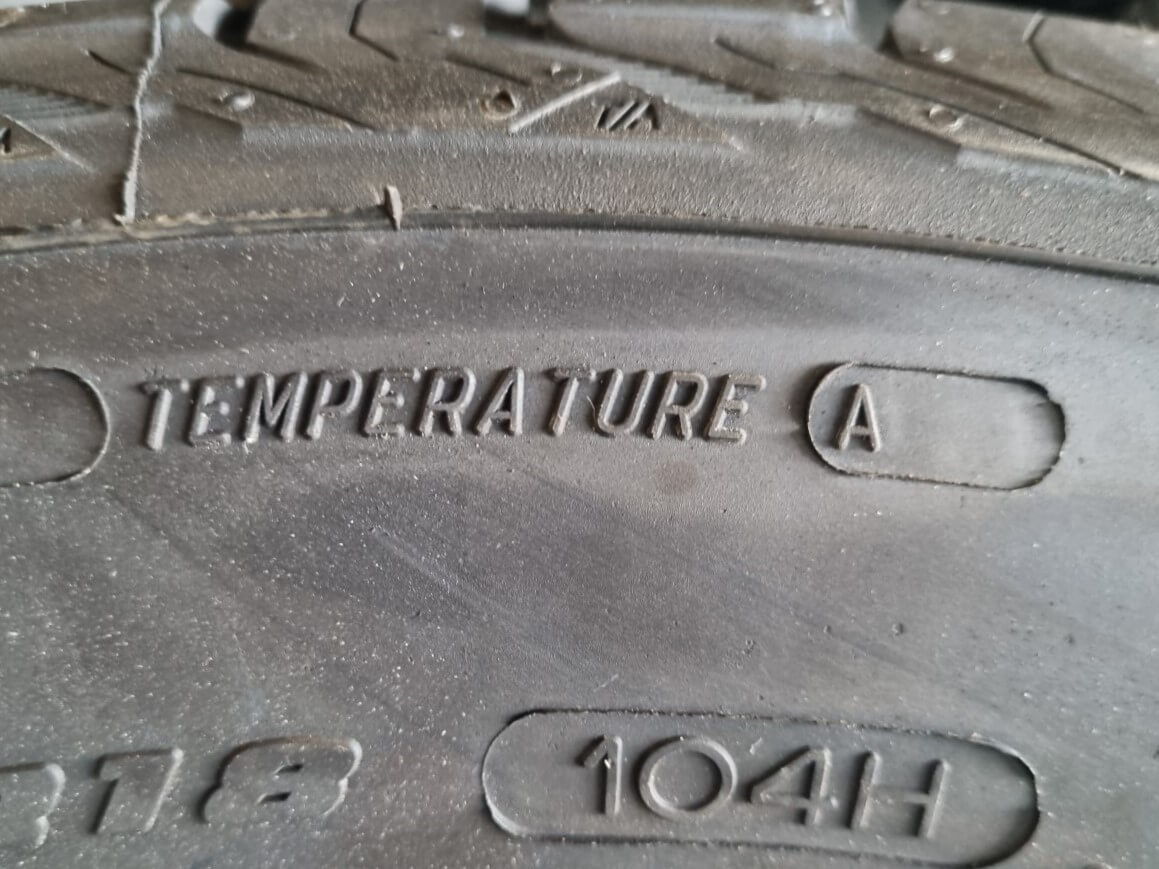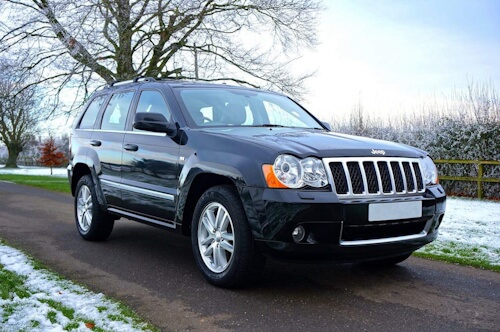While researching tyres, you might have come across terms such as ‘treadwear rating’, temperature rating or UTQG, but not understood what the terms mean, or how tyres are given a rating.
UTQG stands are Uniform Tire Quality Grading, and was originally established by the National Highway Traffic Safety Administration (NHTSA) in the United States, the UTQG system is designed to provide drivers with information regarding tyre quality and comparative performance.
Tyres assessed under the UTQG system are assigned scores based on 3 performance criteria, those being treadwear, traction and temperature.
UTQG ratings are required on tyres sold in the United States. While it’s not a requirement in Australia, since so many of our locally available tyre brands sell their products internationally, more often than not, you’ll be able to find UTQG information on your tyres.
The UTQG information is displayed in series on the sidewall of the tyre, most often on the outside so it’s easy to read.
Treadwear Rating:

Treadwear is represented by a number that is typically between 100 and 800. Higher numbers mean a longer-lasting tyre.
For example, a 500-treadwear tyre would be expected to last roughly twice as long as a 250-treadwear tyre.
The tyres are tested in a real world government-specified test track where they’re compared against a control tyre. The tyres are evaluated and inspected at regular intervals to measure and calculate the wear rating.
Traction Rating:

This rating looks pretty simple at first, but it isn’t immediately clear what traction is being tracked. The traction rating is a grade given to a tyre based on its’ ability to stop and provide lateral grip on a wet road surface in specific test conditions when compared to a control tyre.
The highest rating a tyre can achieve here is ‘AA’, followed by ‘A’, ‘B’ and ‘C’ ratings.
For this test, a tyre is operated in a controlled environment in a standardised test that covers acceleration, braking and cornering on a wet surface.
Temperature Rating:

The temperature rating found as part of the UTQG rating measures a tyres’ ability to resist heat buildup. Excessive heat is the enemy of tyres, with many blowouts being a symptom. Tyres are rated on a scale of ‘A’, ‘B’ and ‘C’, with ‘A’ being the best-rated tyre, and ‘C’ being the lowest rating.
The temperature test involves fitting the tyre to a roller machine that can simulate different speeds and loads. At specific intervals, the external and internal temperatures are measured and the tyre is given a grading.
What does UTQG mean for customers?
It’s important to remember that UTQG ratings are provided by the tyre manufacturers themselves, although they are periodic audits performed by the NHTSA to ensure compliance with the standards.
UTQG ratings make it easy for customers to compare multiple products in a simple and easy to understand way that bypasses tricky marketing that can sometimes be used by tyre manufacturers.
It’s important to remember that UTQG ratings often don’t tell the whole story when it comes to product comparisons. Noise, puncture resistance, comfort and more are not part of the UTQG system, so it’s important to discuss what you’re looking for in a tyre with your local Tyrepower store to help find the right tyre for your needs.

























